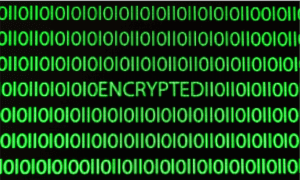
Quantum Risk Today: Preparing for the Future of Cybersecurity
Concerns about quantum risk today, even before the full realization of practical quantum computing, arise from the potential impact that quantum computers could have on various aspects of cybersecurity.
